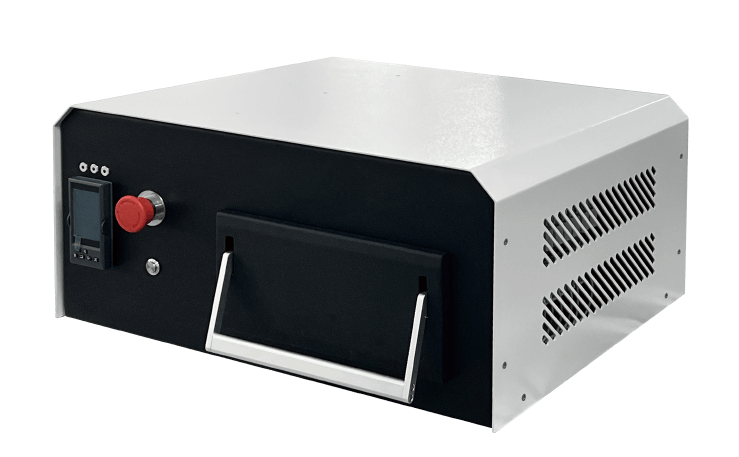Special Applications
It targets extreme scenarios such as ultra-high temperature, vacuum, and high pressure, meets special experimental needs, and breaks through the environmental limitations of conventional equipment.
Ultra-high temperature stage for Microscope
Ultra-high temperature resistance + long-term stable operation
- Extreme high-temperature performance
- Precise temperature control and stability
- Seamless adaptation to microscopes
- Compact, durable and safe
- Wide range of scenario coverage
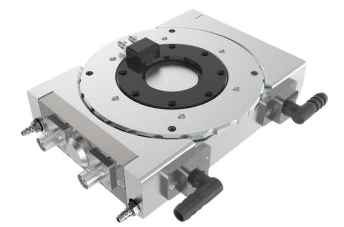
Ultra-High Temperature Stage For Microscope
It features higher energy efficiency in the conventional high-temperature range (≤1000℃), with a heating rate of 150℃/min and fast test response speed. The equipment has low operating noise and a strong ability to suppress temperature fluctuations.
Making it particularly suitable for repetitive experiments requiring a stable thermal environment, such as metal annealing and glass transition, and can effectively reduce the time cost of routine tests.
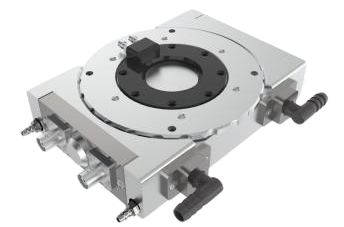
Ultra-High Temperature Stage For Microscope
It fills the equipment gap in ultra-high temperature microscopic testing above 1000℃. Its material resistance technology enables short-term extreme testing at 1500℃ and long-term operation at 1200℃, meeting the research needs for materials in extreme environments such as aerospace materials and refractory ceramics.
The temperature uniformity control at high temperatures (radial temperature difference ≤ ±0.5℃) ensures the reliability of experimental data.
XRDThermo Stage
Equipment used with X-ray diffractometers (XRD)
- Wide temperature range regulation
- Precise and stable temperature control
- In-situ testing function
- Good radiation transmittance
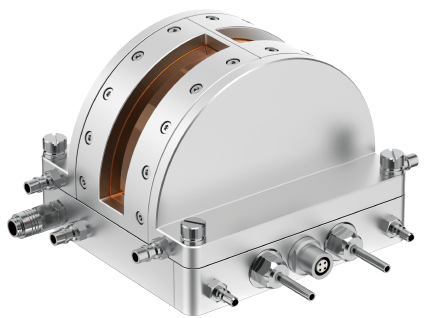
VL XRD Heating And Cooling Stage
Advantages:
It can meet the needs of mechanical property testing for various materials in environments from extremely low temperatures to medium-high temperatures, with a wide range of applications. High-precision temperature control can ensure the accuracy and reliability of experimental results and reduce the interference of temperature factors on test results. The compact and lightweight design makes the placement, movement and operation of the equipment in the laboratory easier, and has lower requirements for laboratory space.
Applications:
It is suitable for mechanical property testing of conventional materials, such as toughness analysis of metal materials at low temperatures, research on tensile properties of polymer materials at different temperatures, etc.; it is also suitable for scenarios where laboratory space is relatively compact and there are requirements for equipment volume and weight.
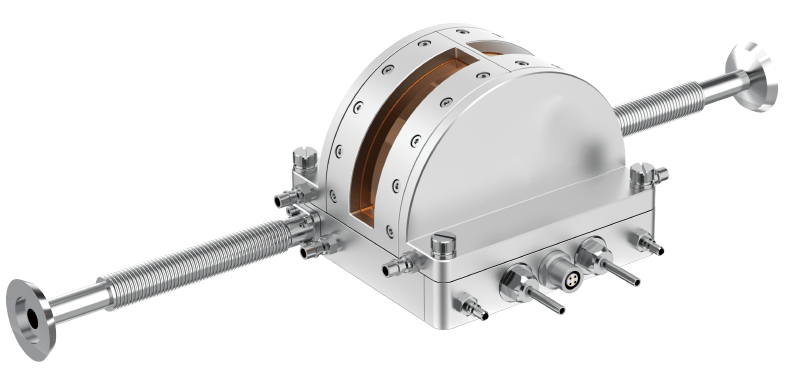
VL XRD Heating And Cooling Stage
Advantages:
A larger sample stage facilitates the simultaneous testing of large-sized samples or multiple samples, improving experimental efficiency and meeting the testing needs of special samples. The larger overall size and weight make the equipment more stable during operation, which can effectively reduce errors caused by factors such as equipment shaking in long-term or high-precision tests.
Applications:
It is suitable for testing the mechanical properties of samples such as large metal components and large-sized composite materials at different temperatures, such as the high-temperature strength testing of large-sized metal parts in the aerospace field; it is also suitable for scientific research experiments that have high requirements for equipment stability.
SEMThermo Stage
A variable temperature sample stage installed in the sample chamber of a scanning electron microscope (SEM)
- In-situ variable temperature observation
- Wide temperature range
- High-precision temperature control
- Compatible with various analyses
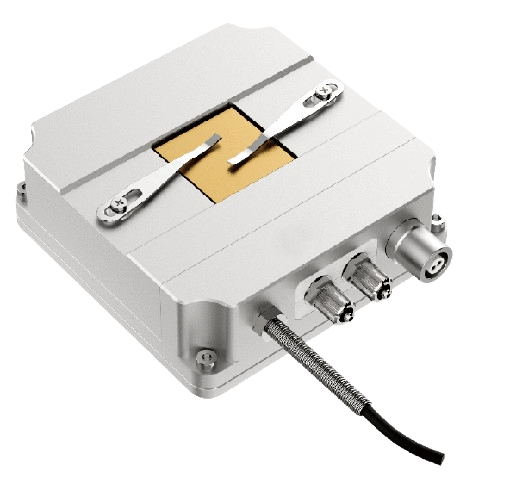
VL SEM Heating And Cooling Stage
Advantages:
High temperature stability, diverse temperature control modes, capable of meeting complex temperature control requirements, good electromagnetic compatibility, ensuring no electromagnetic interference during the testing process, and accurate and reliable data.
Applications:
Suitable for research on dynamic changes of microstructures in the field of materials science that require high precision in temperature control, such as observation of phase transition processes in metal materials, thermal stability testing of semiconductor materials, etc.

VL SEM Heating And Cooling Stage
Advantages:
It has five-axis degrees of freedom, making it easy to adjust the sample position in all directions under a microscope; it can effectively reduce electron beam irradiation damage, and has a better protective effect on samples sensitive to electron beams (such as liquid component samples).
Applications:
It is mainly used in the biomedical field for the observation of biological samples (such as cells, tissue sections, etc.) at low temperatures, as well as the research on the stability of liquid component samples under electron beams, etc.
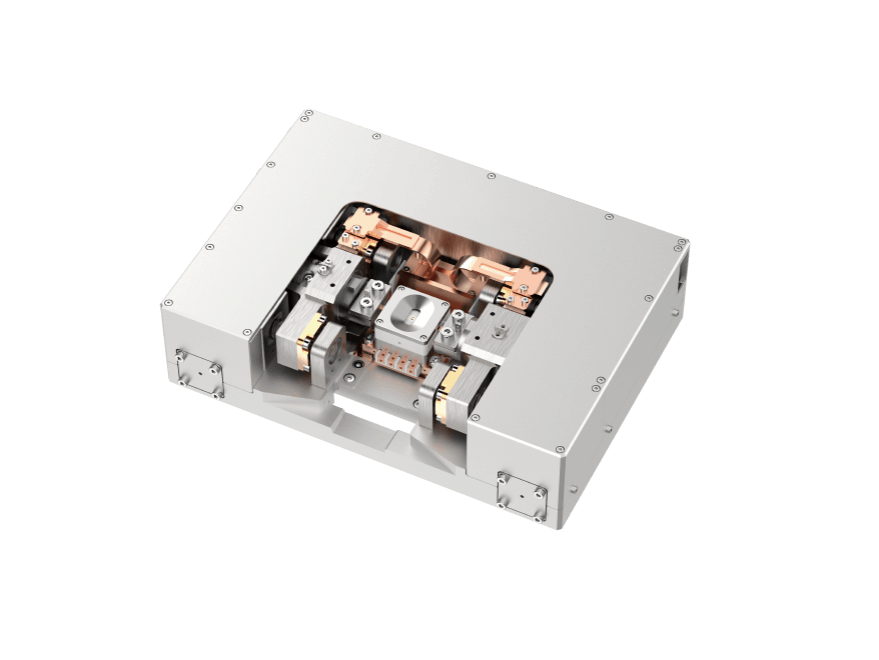
SEMThermo Stage
Advantages:
The highest temperature limit enables it to meet the requirements of experiments on special materials with extremely high temperature demands, such as high-temperature alloys and ceramic materials; the compact and stable structural design ensures the reliability of the experimental process, and the support for multiple atmospheric environments expands the diversity of experiments.
Applications:
It is mainly used in the research and development as well as performance testing of new high-temperature materials, such as high-temperature superconducting materials and ultra-high-temperature ceramic matrix composites; it can also be used for in-situ observation and research on the evolution of material microstructure under some extreme high-temperature conditions.
CellInSitu ThermoStage
Battery temperature change experimental equipment
- Wide temperature range control
- High-precision temperature control
- In-situ testing function
- Flexible environmental control
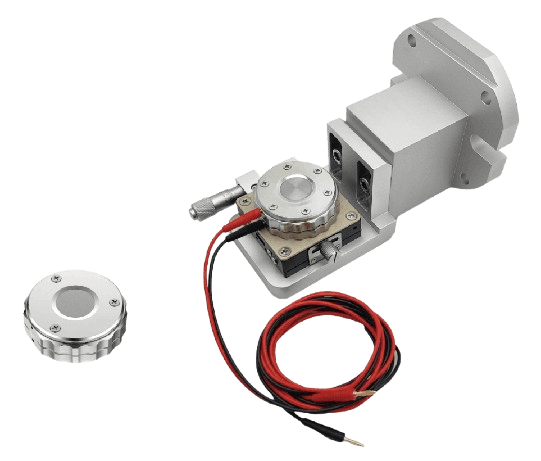
VL In Situ Battery Thermal Stage
Advantages:
High experimental efficiency and convenient sample replacement; stable structure and reliable sealing performance; excellent material quality and long service life; compatible with mainstream XRD equipment, with strong compatibility.
Applications:
Research on structural changes during the charging and discharging process of lithium batteries; phase change analysis of battery materials; XRD in-situ testing applications.

VL In Situ Battery Thermal Stage
Advantages:
High precision in temperature control and strong stability; large sample loading area, suitable for various sample sizes; transmission optical path suitable for specific analysis needs; controllable atmosphere environment, adapting to various experimental conditions.
Applications:
Temperature-varying charge and discharge tests for soft-pack batteries; analysis of battery materials in transmission mode; research on battery performance within a wide temperature range.
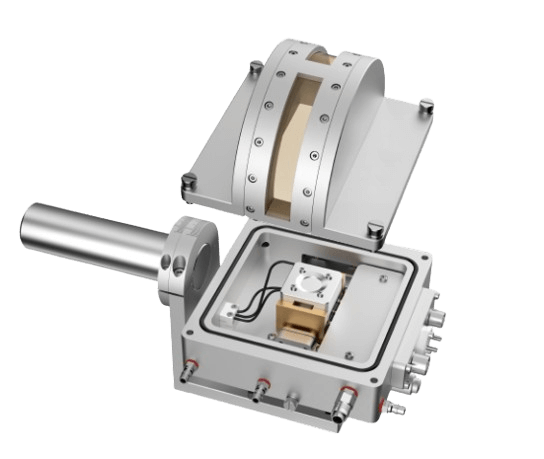
VL In Situ Battery Thermal Stage
Advantages:
Precise temperature control, suitable for precision experiments; copper sample stage with good thermal conductivity; reflective optical path suitable for surface structure observation; compact structure, weight 3kg.
Applications:
Temperature-varying testing of small batteries such as button batteries; research on the surface structure of battery materials; XRD analysis in reflection mode.
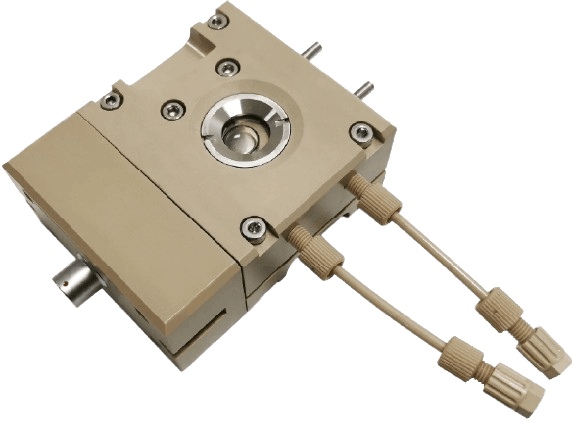
VL In Situ Battery Thermal Stage
Advantages:
High precision of temperature control; dual-view observation capability, enabling more comprehensive information acquisition; suitable for multi-faceted research on lithium batteries.
Applications:
In-situ Raman observation of lithium battery charging and discharging processes; analysis of surface and cross-sectional structures of battery materials; research on battery performance under medium and low temperature conditions.
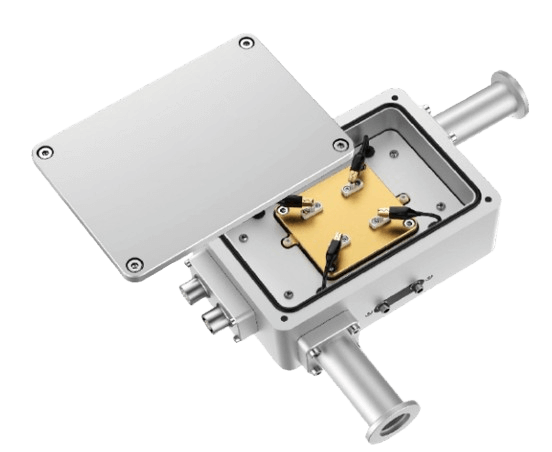
VL In Situ Battery Thermal Stage
Advantages:
Multi-channel parallel testing, high efficiency; temperature range covers above and below room temperature, suitable for routine testing; easy to operate, suitable for batch experiments.
Applications:
Rapid screening tests for button batteries; routine temperature performance evaluation of battery materials; application scenarios that require simultaneous testing of multiple samples.
FlashAnneal Furnace
Equipment designed specifically for high-temperature processing of semiconductors
- Rapid temperature rise
- Uniform temperature
- Compatibility with multiple processes
- Wafer adaptation
